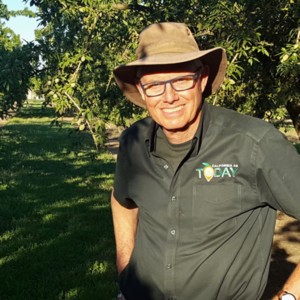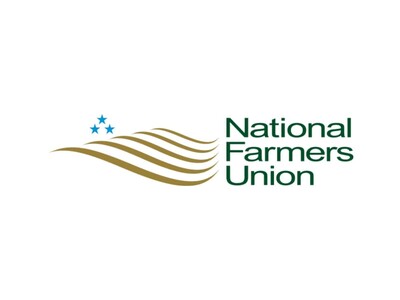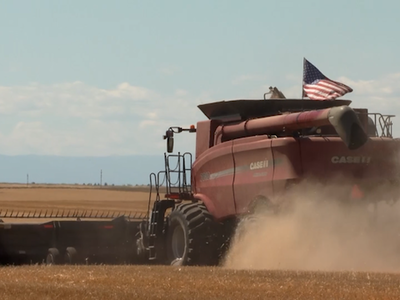Protecting Bees From Fungicide Applications
The almond industry is always cognizant on keeping their big helper safe, which is the pollinating bee. Josette Lewis is Chief Scientific Officer of the Almond Board of California. She said fungicides are often needed due to the wet weather in the spring. And that's right at pollination season.“Fungicides are often needed because of the wet weather during Almond Bloom. And there's some easy management practices to apply fungicides safely,” said Lewis. “The first is to apply them at night. Bees are not active after the sun goes down and the temperature starts to drop. So, if you apply the fungicide at night, you allow sufficient time for that to dry. So that it's no longer a threat to the bees when they re-emerged from their hives in the morning.”
“Also, be very careful in adding adjuvants, surfactants or spreaders that go by different names because those can sometimes harm bee health. The Almond Board has funded research along with others that showed that adjuvants can harm bee health,” said Lewis.
“Unless the label specifies that you need to add an adjuvant, don't add it. Many fungicides already come with it and you don't want to increase the threat to bees by adding adjutant, surfactants or spreaders. So those are some of the key aspects of keeping bees safe when applying pesticides and orchard during bloom,” she said.

















